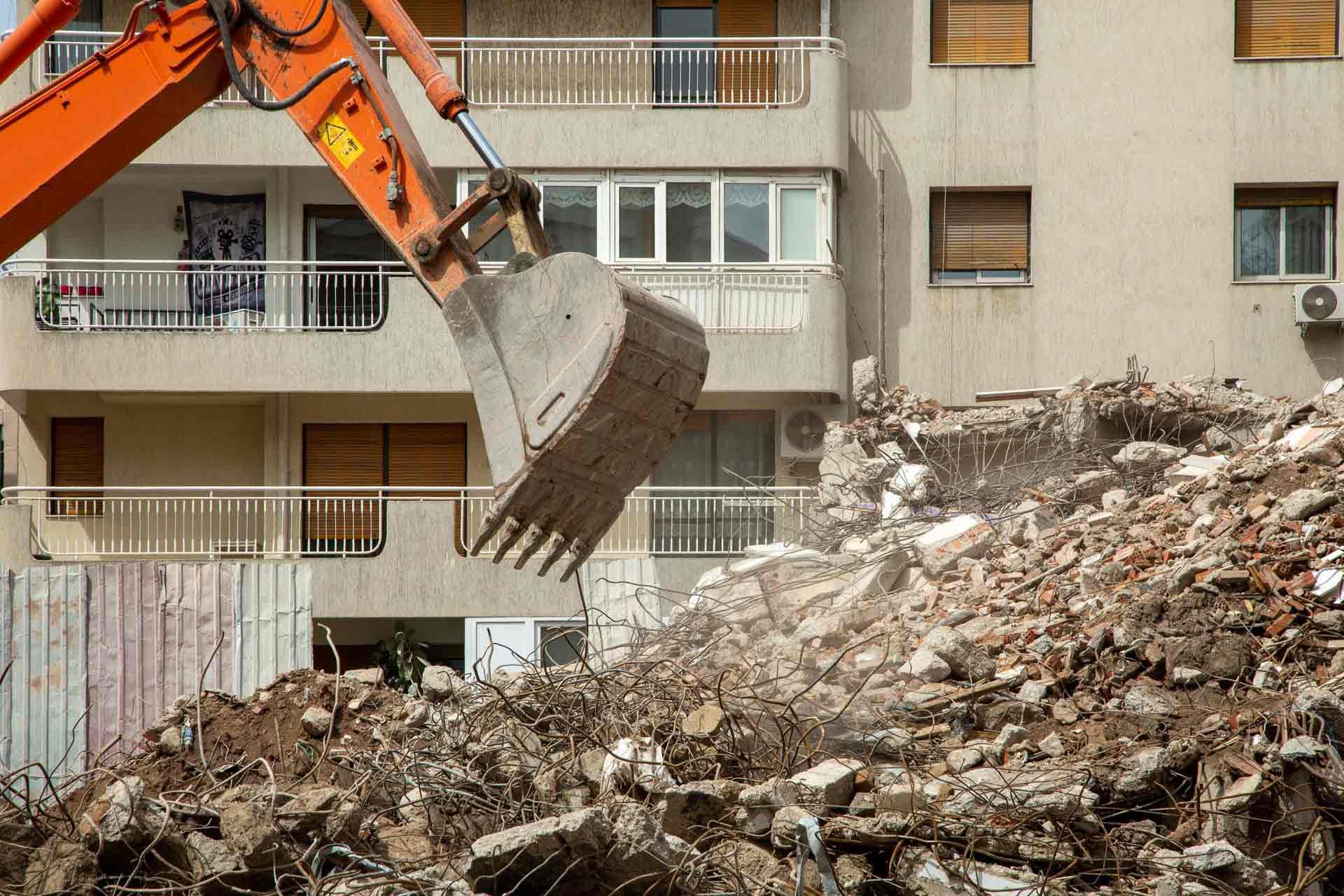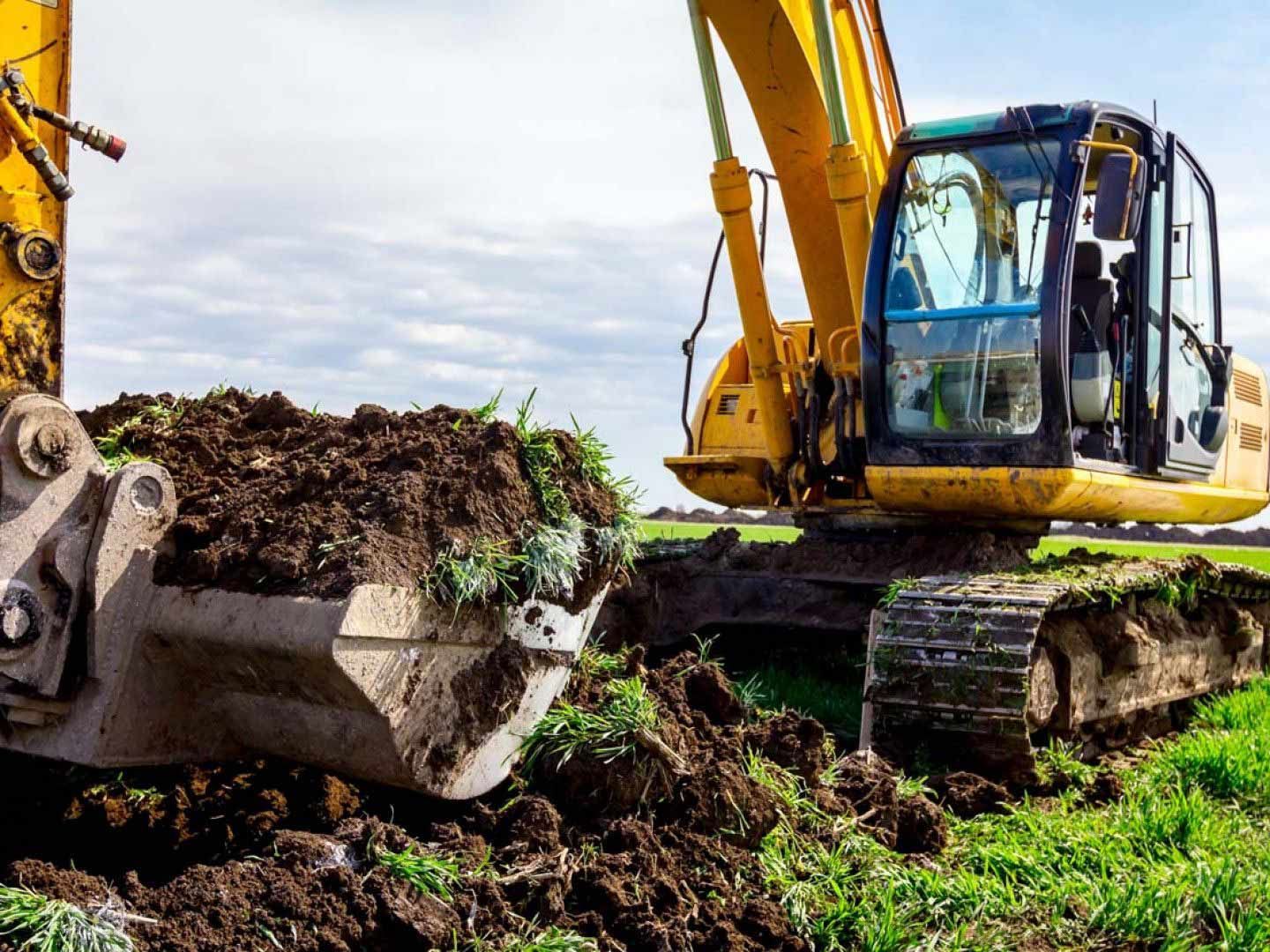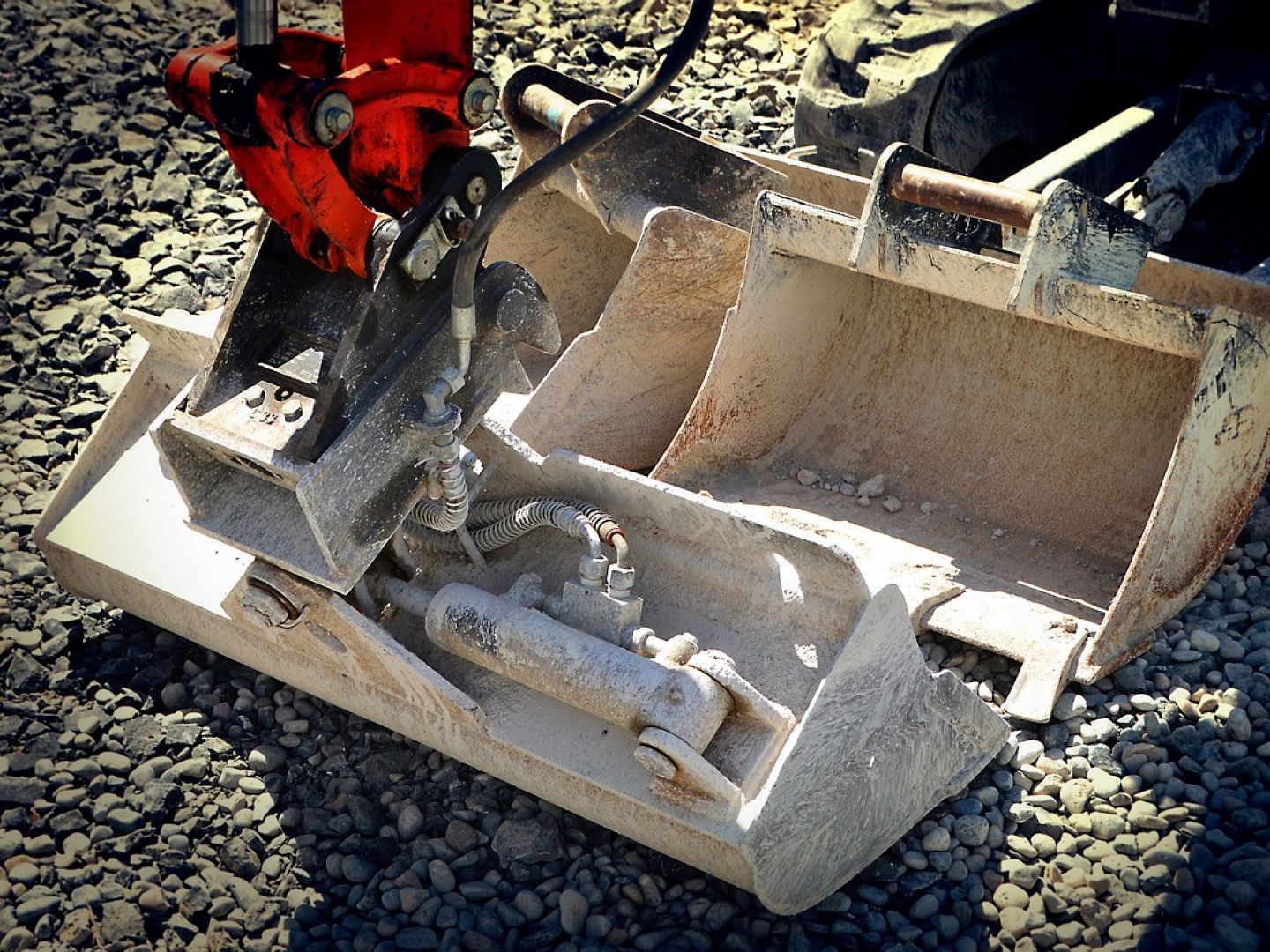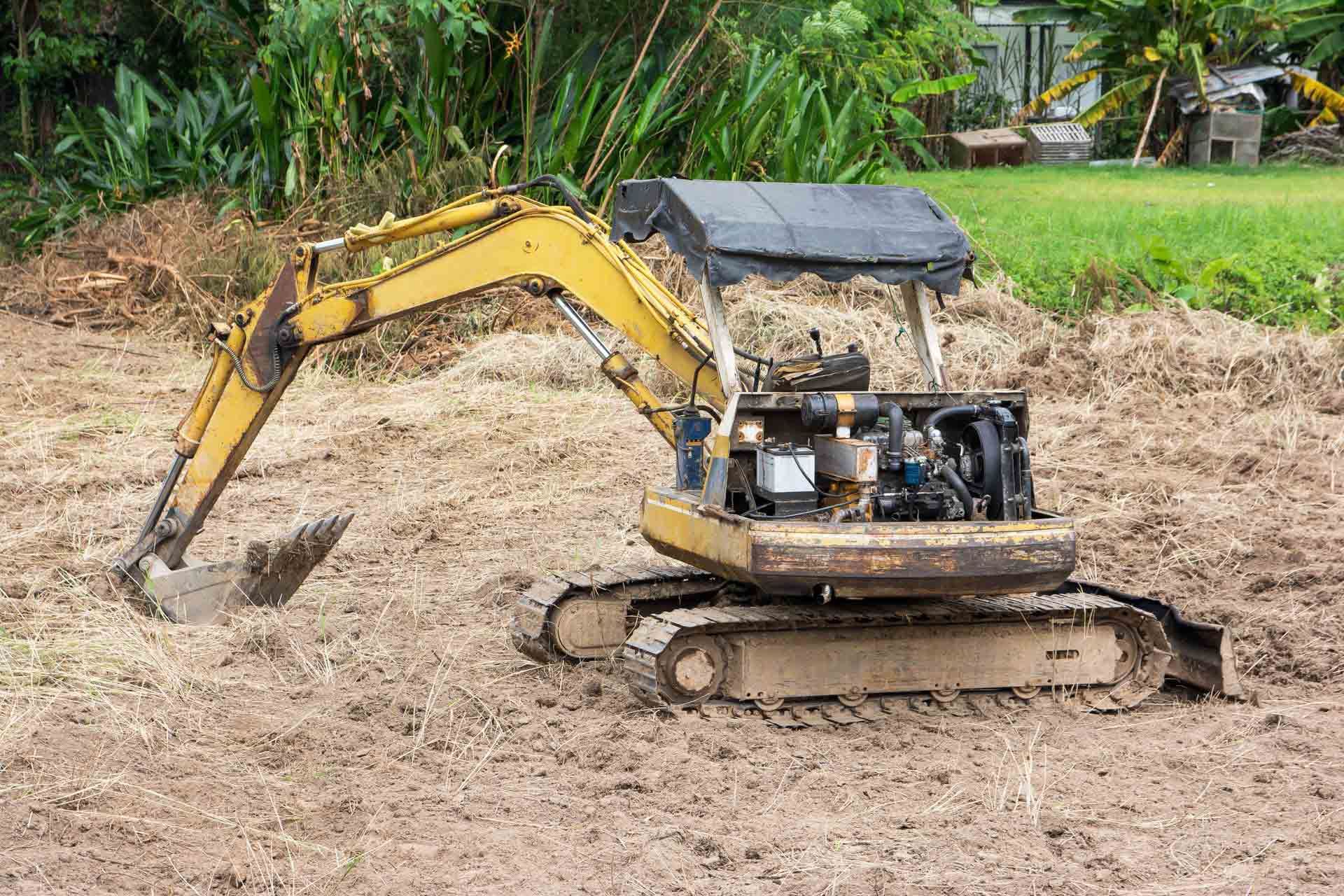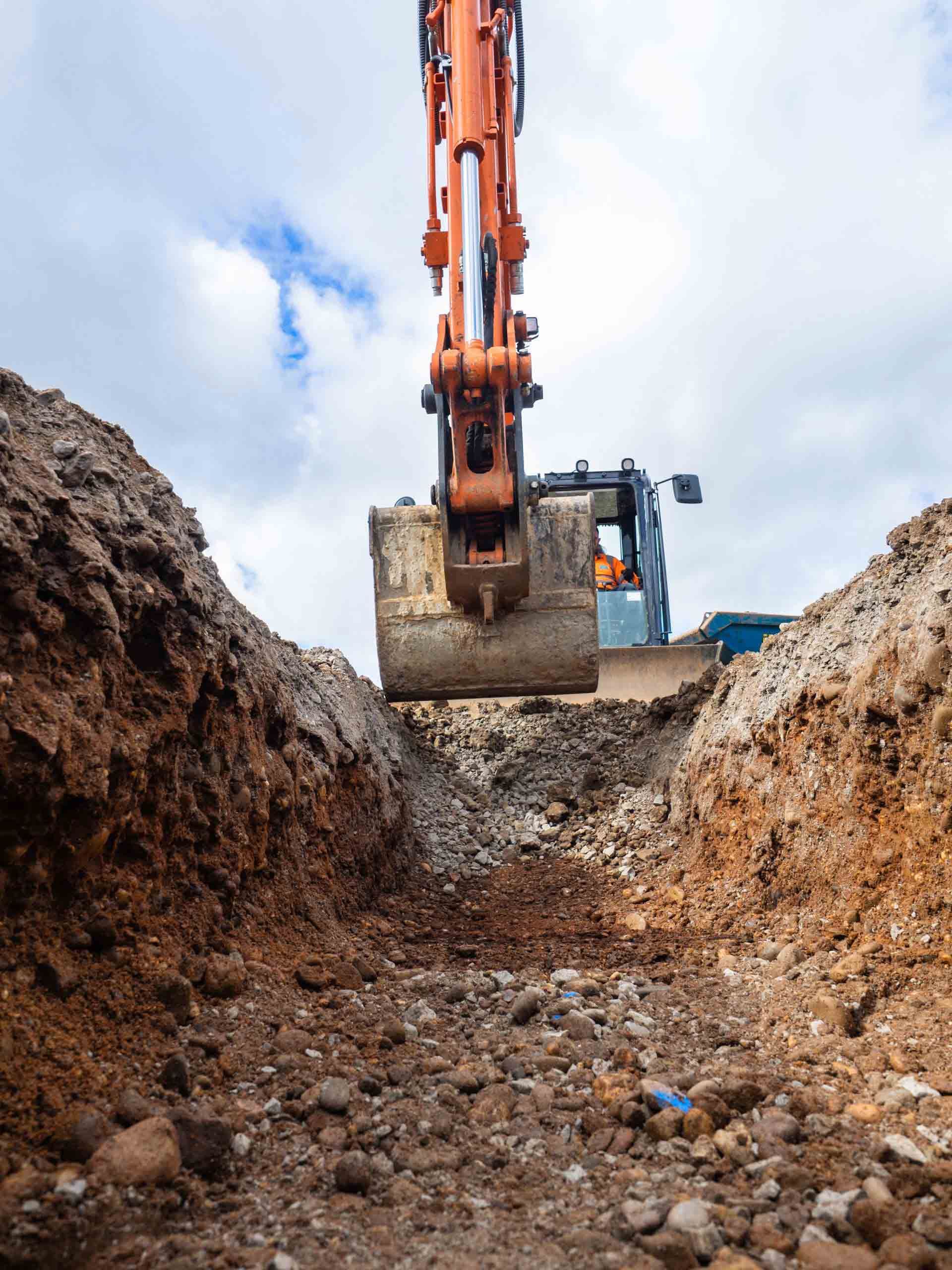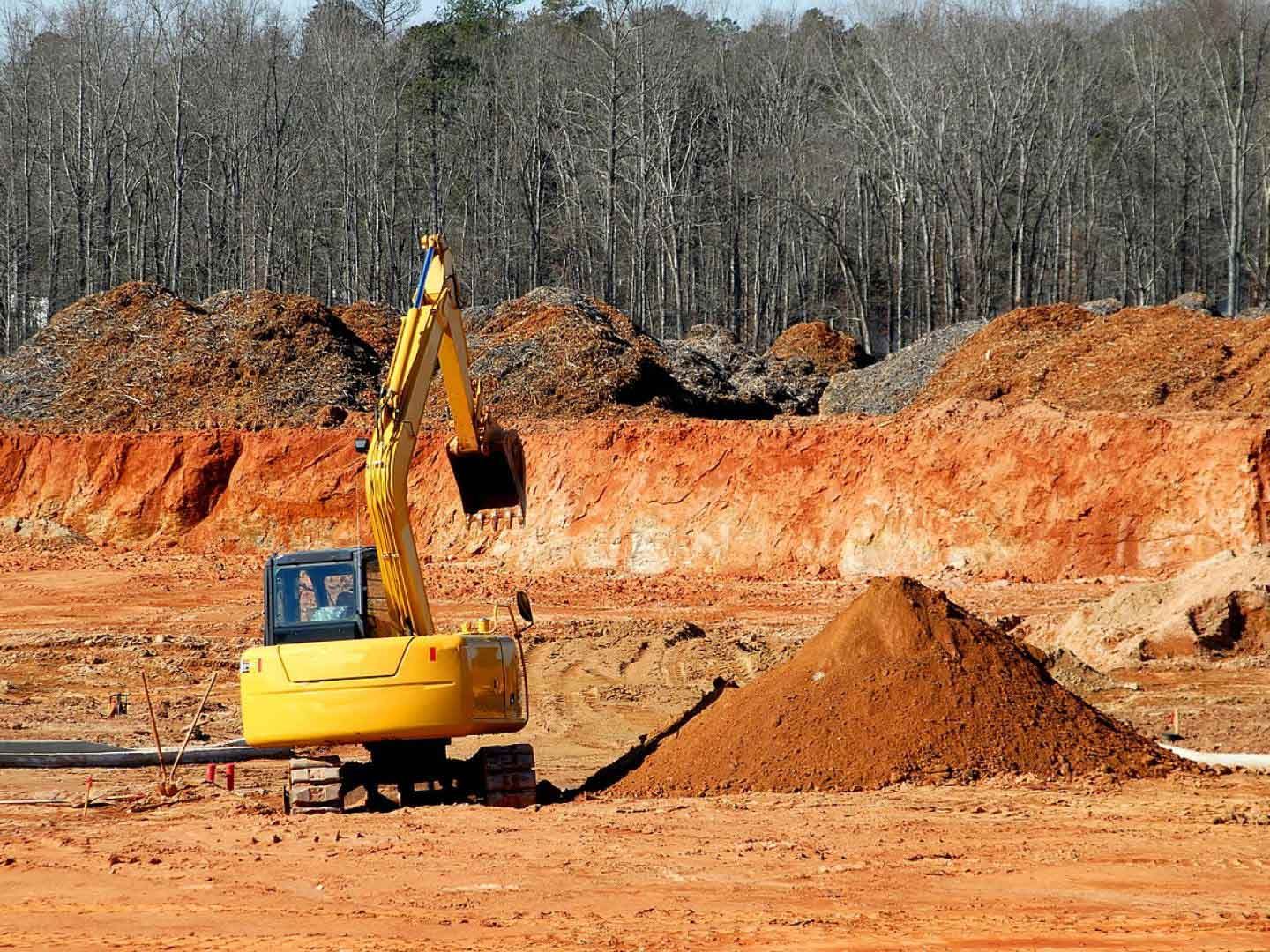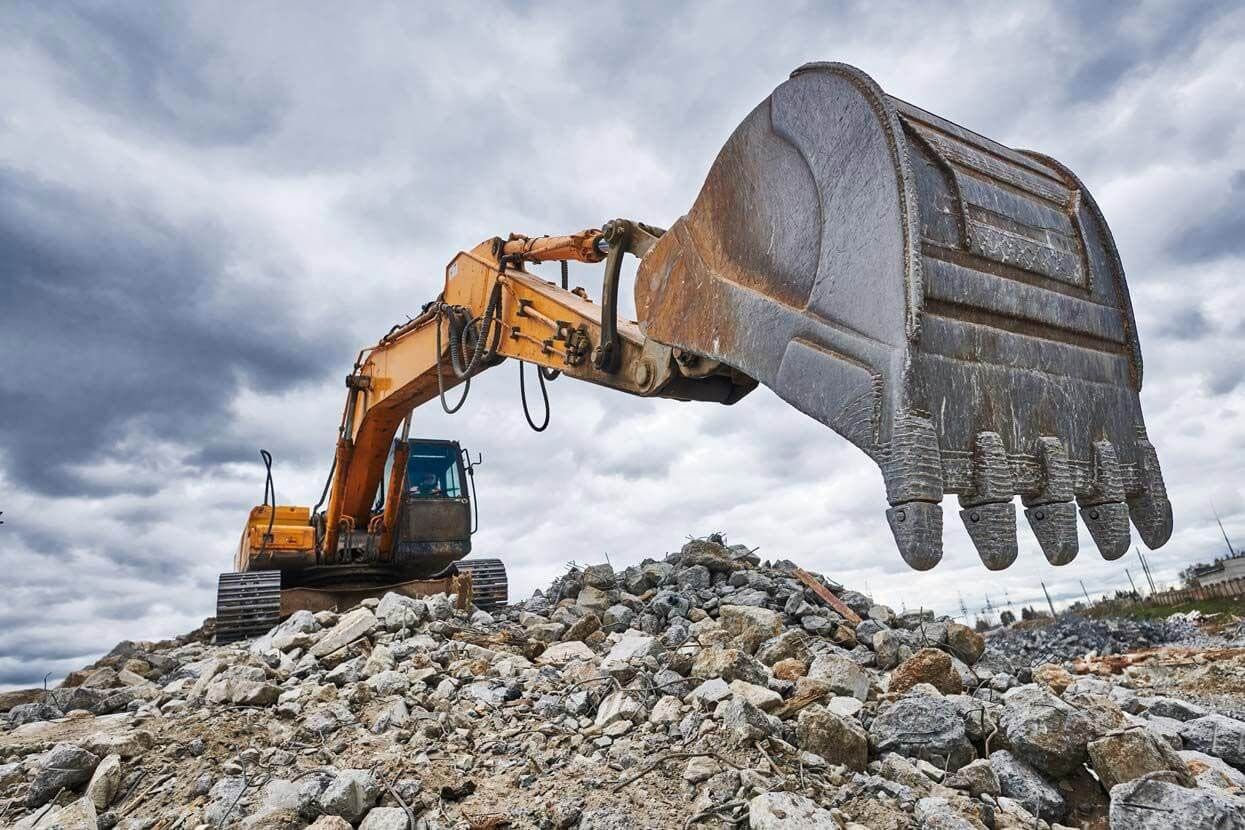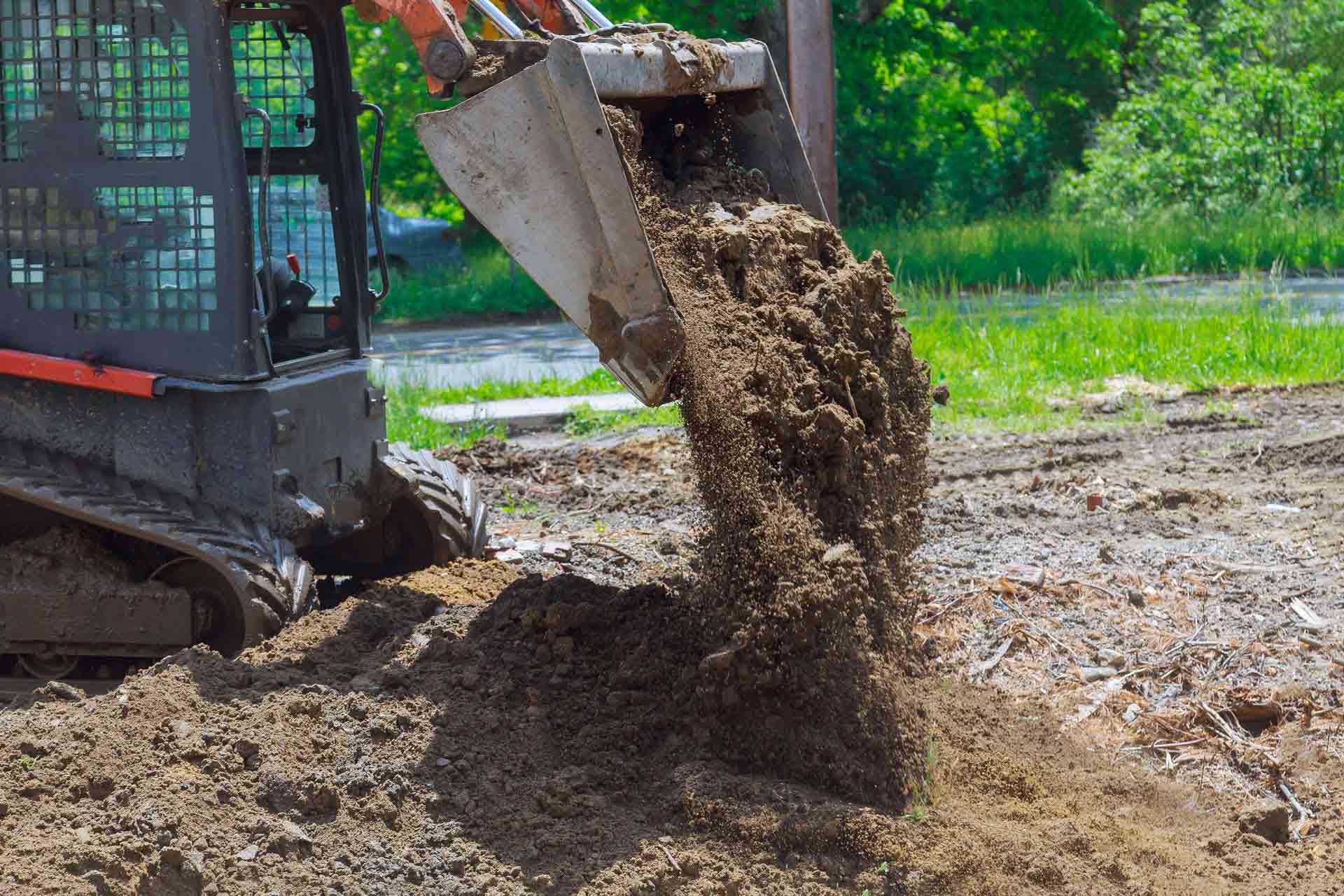Dust and Debris: Environmental Considerations in Excavation
If you've ever witnessed an excavation project, you know it's a fascinating spectacle. The heavy machinery, the digging, and the earthmoving – it's like watching the Earth itself undergoing a makeover. But beneath this captivating surface lies an often-overlooked concern: dust and debris. These seemingly innocuous byproducts of excavation can have significant environmental impacts. In this blog post, we'll delve into the world of excavation and explore the environmental considerations that come with it.
The Beauty and Beast of Excavation
Let's start with the beauty of excavation. It's the process that makes way for the construction of our cities, roads, bridges, and countless other structures that make modern life possible. Without excavation, we wouldn't have the foundations upon which our societies are built.
But like any transformative process, excavation has its beastly side – dust and debris. When heavy equipment digs into the earth, it stirs up dust and produces debris that can affect the environment in multiple ways.
The Dust Dilemma
Dust, often underestimated, is a major concern in excavation projects. As those gigantic excavators and bulldozers tear through the earth, they release clouds of fine particles into the air.
This airborne dust can have several negative consequences:
Air Quality
Imagine living near an excavation site. As dust fills the air, it can lead to a significant decrease in air quality. The fine particles can be inhaled, causing respiratory problems and exacerbating existing conditions like asthma. It's not just humans; wildlife in the vicinity can also be affected, especially those that breathe through their skin like amphibians.
Spread of Contaminants
In some cases, the soil being excavated may contain contaminants like heavy metals or asbestos. When dust particles become airborne, these harmful substances can spread, posing risks to both the environment and human health.
Visual Impairment
Dust doesn't just stay in the air; it can settle on nearby surfaces, reducing visibility for drivers and potentially causing accidents. Moreover,
it can coat the leaves of nearby plants, affecting their ability to photosynthesize and grow.
Dealing with Dust
Now that we understand the challenges, let's explore how responsible excavation practices can mitigate these dust-related issues:
Water Suppression
One common method is to use water suppression systems. These systems spray water over the excavation area to trap dust particles, effectively weighing them down. This reduces their ability to become airborne and keeps the air cleaner.
Dust Barriers
Excavation sites can also use physical barriers like windbreaks and screens to contain dust within the site. This not only prevents it from spreading but also provides some protection to nearby residents and wildlife.
Use of Dust Control Products
Various dust control products are available in the market that can be applied to the soil to reduce dust generation. These products act as binders, holding soil particles together and preventing them from becoming airborne.
The Debris Dilemma
While dust is airborne, debris is the material left behind after excavation work. It includes rocks, soil, and other materials that have been displaced from their original location. The mismanagement of debris can have serious environmental consequences:
Habitat Disruption
Dumping excavated debris haphazardly can disrupt local ecosystems. These piles of rocks and soil can interfere with natural water flow, potentially leading to erosion and sedimentation in nearby water bodies
Soil Quality
Debris can affect the quality of soil, making it less fertile for plant growth. It can also introduce contaminants or invasive species that harm native flora and fauna.
Aesthetics
Let's not forget the aesthetic aspect. An area littered with debris isn't a pleasant sight. It can negatively impact property values and the overall beauty of a community.
Responsible Debris Management
Managing debris responsibly is essential for minimizing its environmental impact:
Recycling and Reuse
Many excavation companies and excavation contractors now prioritize recycling and reusing debris whenever possible. Rocks and soil can often be repurposed for other construction projects or landscaping, reducing the need for new resources.
Proper Disposal
When recycling isn't an option, proper disposal is crucial. Excavation companies should follow local regulations and guidelines for disposing of debris safely and responsibly, such as in designated landfills or recycling facilities.
Reclamation
In some cases, after excavation is complete, the land can be rehabilitated through reclamation efforts. This involves restoring the site to its natural state or creating new habitats for wildlife.
The Future of Environmentally Friendly Excavation
As awareness of environmental issues continues to grow, so does the importance of environmentally friendly excavation practices. Here are some innovative trends that point to a more sustainable future for excavation:
Electric Machinery
The shift towards electric machinery is gaining momentum. Electric excavators produce zero tailpipe emissions, reducing both dust and air pollution. They also operate more quietly, benefiting both nearby residents and wildlife.
Improved Dust Control Technologies
Advancements in dust control technologies are helping to keep excavation sites cleaner. From dust suppression sprays to advanced filtration systems, these innovations are making a significant difference in reducing airborne dust.
Data-Driven Approaches
Data is a powerful tool for managing excavation projects more sustainably. Project managers can use real-time data to monitor dust levels, air quality, and debris management, allowing for prompt adjustments to minimize environmental impacts.
Conclusion
Excavation is an essential part of modern construction, but it's crucial to acknowledge and address its environmental challenges. Dust and debris, often overlooked, can have far-reaching consequences, affecting air quality, water systems, and ecosystems.
By adopting responsible excavation practices, such as dust suppression methods and proper debris management, we can mitigate these impacts. Furthermore, embracing innovative technologies and data-driven approaches can lead us towards a more sustainable future for excavation.
So, the next time you witness an excavation project, take a moment to appreciate not only the impressive machinery but also the efforts being made to ensure that this transformation of the earth doesn't come at an undue cost to the environment. Excavation can be both a beauty and a beast, but with the right practices, we can tip the scales in favor of a greener, cleaner future.
If you’re in need of an excavation contractor who does their best to uphold environmental-friendly excavation services, call Becker Excavation! We offer trenching, land clearing, demolition, site preparation, and excavation services to homeowners and business owners of Tacoma, Port Orchard, Seattle, and nearby municipalities at an extremely affordable price! Call us at our phone number, and we’ll be in touch to help!

